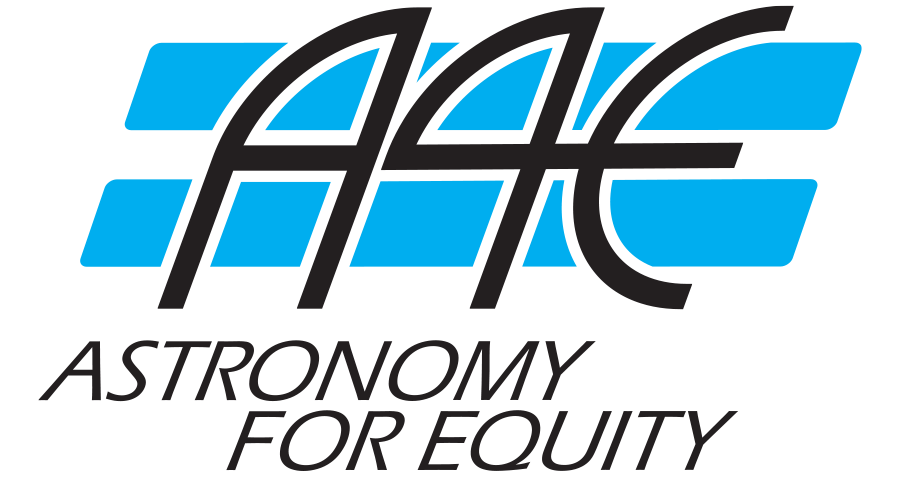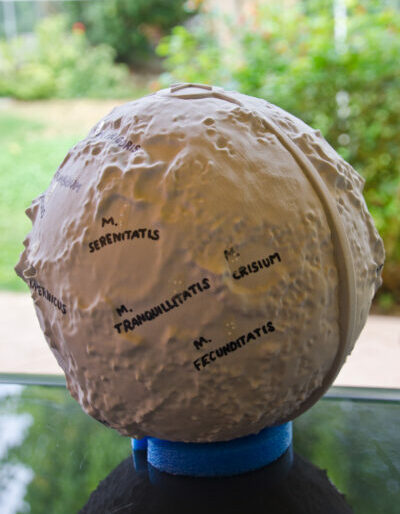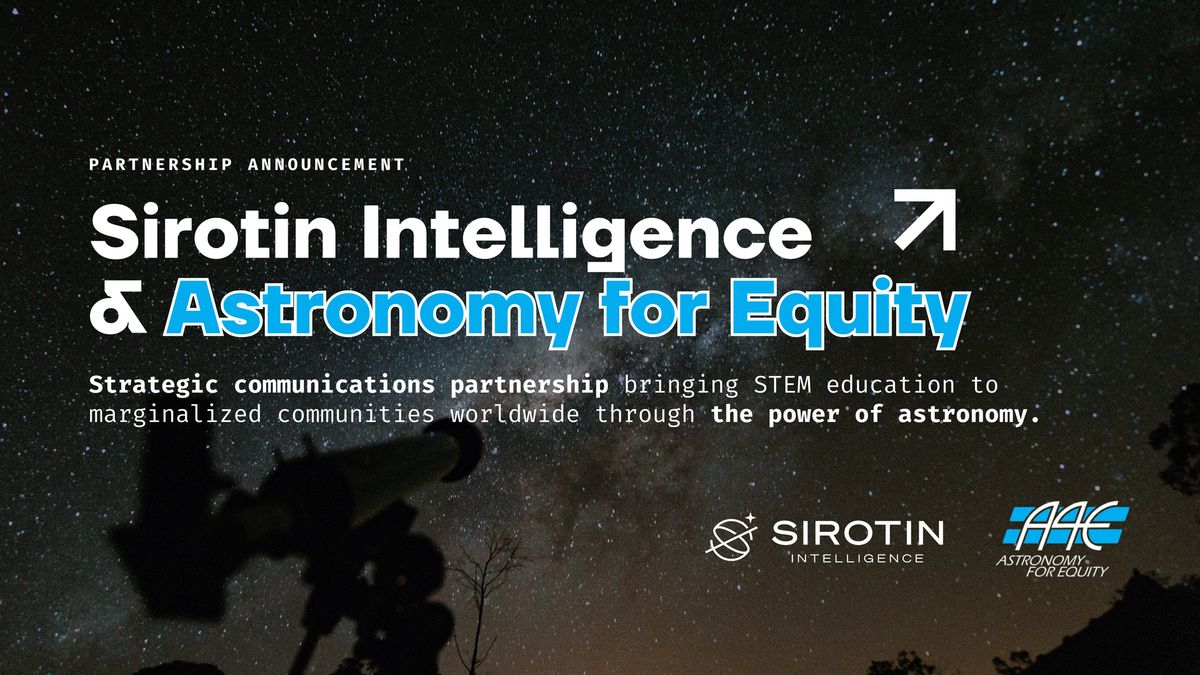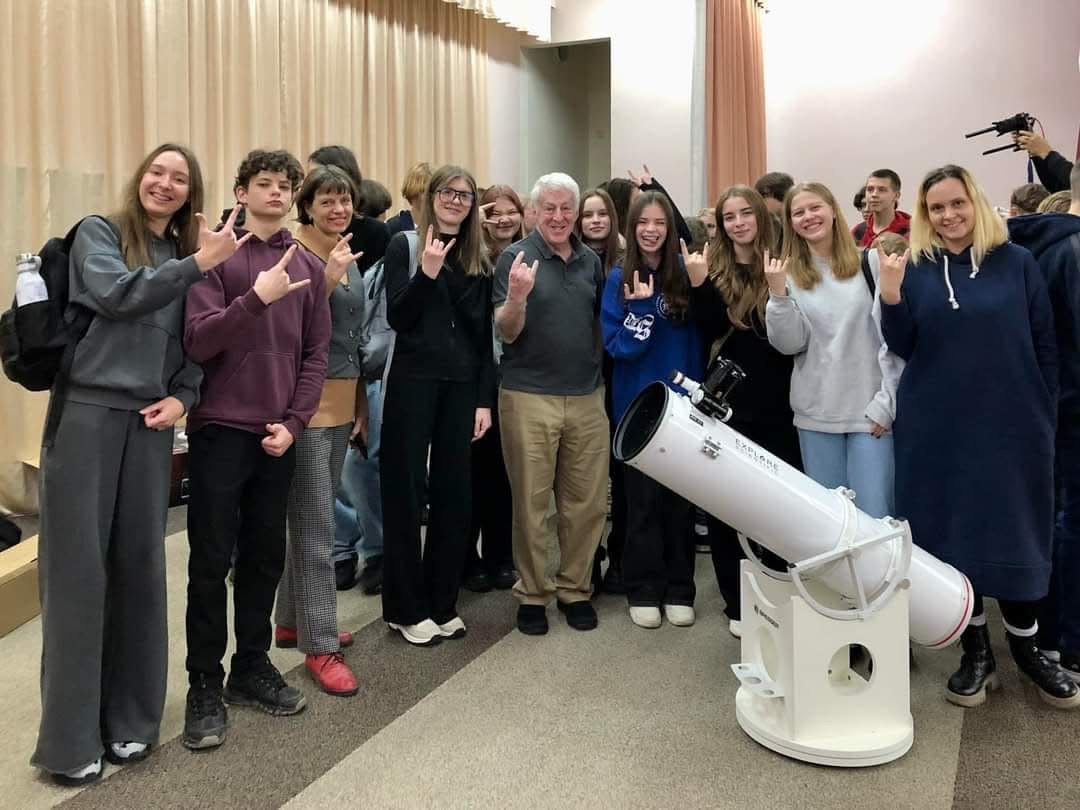Although there are many resources for persons with blindness and vision impairment (B/VI), most people don’t know these resources are available. For example, NASA’s Hubble Space Telescope and the Chandra X-ray Observatory both create handheld materials for students with B/VI to learn astronomy based on the science these devices conduct.
The International Astronomical Union promotes access to astronomy by offering a B/VI resource library and a traveling exhibition that uses sound and touch devices. These large organizations support individuals who have low vision or who cannot see, giving them a tactile glimpse of the Universe.

But what about people who have B/VI and who live in developing countries with little infrastructure and poor resource distribution? Astronomy for Equity (A4E), an organization that builds STEM in underserved communities, helps these individuals by connecting astronomy programs and experts with those who need support.
A4E grows awareness of the needs of persons with B/VI by promoting equitable astronomy programs in the local media. This encourages donations and community support- two things that astronomy groups for persons with B/VI need most.

Astronomy for Equity also helps astronomy clubs with public outreach to persons with B/VI, and many more clubs have expressed interest in starting their own programs. Many groups have had to create their own tactile materials to allow people who are blind or visually-impaired “see” the sky above them through touch, but A4E will share existing materials and expertise with others wanting to get started. This lets everyone experience the stars, planets, and awe for the cosmos.
Be a part of it – Donate today.




